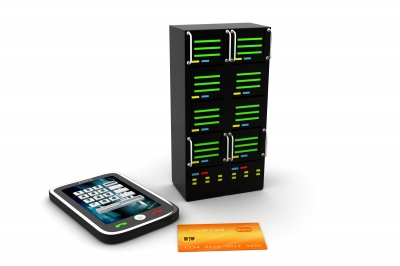From the day demonetization of Rs 500 & Rs 1000 notes are announced there have been many tweaks to the rules to meet one objective – Go Cashless. Surely it’s a big task and cannot be achieved in one day. There are issues to be addressed and infrastructure to be developed. But it also requires a change in the way we manage our finances.

There are many options which have emerged for making cashless transactions. Payment Banks, Online Banking, e-wallets and even the new UPI & USSD. Few of these have to gain popularity while few have just become popular. But there are concerns about using these options and right so knowing that we don’t have much stronger cyber laws yet. Then there is the aspect of cost which comes in when you are using these modes as compared to cash.
So let’s hunt down these options and see what they provide and what you should know about them:
E-Wallets
They are the ones who are benefiting most from demonetization. The likes of Paytm, Mobiqwick, Airtel, SBI Buddy, and many others which have seen a sudden spurt in usage during this period. E-wallets are basically prepaid wallet replacing your need of carrying physical cash. As a process, you transfer funds from your bank account to an e-wallet and then use it you can make any payments. The large benefit of E-wallet is that it can be used to make small payments as low as Rs. 100. Paytm has been seeing a success where even pan wallas and kinara store are taking payments through it. But there is a cap on transactions you can do through e-wallet with KYC and without KYC.
Online Banking
With emergence of mobile banking and especially IMPS online banking has become faster. Now fund transfer, e-payments are happening within few seconds. NEFT, RTGS, and IMPS are three modes of banking services which can be used. All these options have their own limits but IMPS is one which is fastest and available 24*7.You only need bank account number along with IFSC code or a Mobile Number to make the fund transfer. Instantly the funds get credited to the beneficiary account which makes it a very fast process of banking transactions.
Cards
Debit cards and Credit cards have been there for quite a long time and we all know the pros and cons of using them. Debit cards are linked to your bank accounts and thus you utilize within your savings limit. Credit cards as we all know gives you credit for a certain period. There are also prepaid virtual cards which are issued by the banks. All these cards are quite handy when you want to go cashless.
UPI
This is a new payment model developed by RBI and is much easier than even IMPS. Here you don’t need to remember any Bank account number. Once you register with the UPI application then based on a unique ID generated by it the funds can be transferred or payments can be done. You need to download the UPI application of your bank and generate a virtual ID. This unique id then becomes the link for receiving funds from any other UPI active user. Effectively this a real time transfer of money from your bank account but through smartphones. Considered to be the biggest invention after ATM this as and when gets popular will completely change the cash enabled economy.
What You Need To Know?
Having known the various mode of payment there are few things you need to know before you use any of them. The first aspect is the charges. Almost, all these payments deduct charges for every transaction you make. E-Wallets levy charges between 1-3% which can be considered on the higher side. Online banking like NEFT and RTGS also have charges which are generally Rs. 5 to Rs 20 and then based on the transactions. Similarly, when you are using your cards you end up paying 1-2% more since all merchants charge this additional transaction fee for using debit or credit cards. But UPI may be a game changer as it is coming with a very low cost. Currently, there is no cost while using this application but we may see a charge in the range of 50 paise. However, it still needs to catch up on technicalities to match the e-wallets.
Secondly, there are limits in using these payments mode which you need to note. But the larger concern is the security of your data as we have not been able to go much ahead on cyber laws.
What You Should Do?
Cashless is the future and it is also true that it eases out your life. But any mode you use you should know what you are going to pay and why. For data security, it’s wiser that you take your own precautions such as changing password at regular intervals and opting for 2-way verification for any transaction etc. There will be more security measures which you should utilize. Demonetization would have forced many of us to look at these modes of banking and it may be happening for good.
Image Courtesy: freedigitalphotos.net
Post Disclaimer
IMPORTANT DISCLAIMER!
This and All the other Articles/Videos on this blog are for general Information and educational purposes and not to be taken as an Investment Advice. Any Action taken by Readers on their Personal finances after reading our articles or listening to our videos will be purely at his/her own risk, with no responsibility on the Writer and the Investment Adviser. Registration Granted by SEBI, membership of BASL and Certification from National Institute of Securities Markets (NISM) in no way guarantee performance of the intermediary or provide any assurance of returns to investors.
